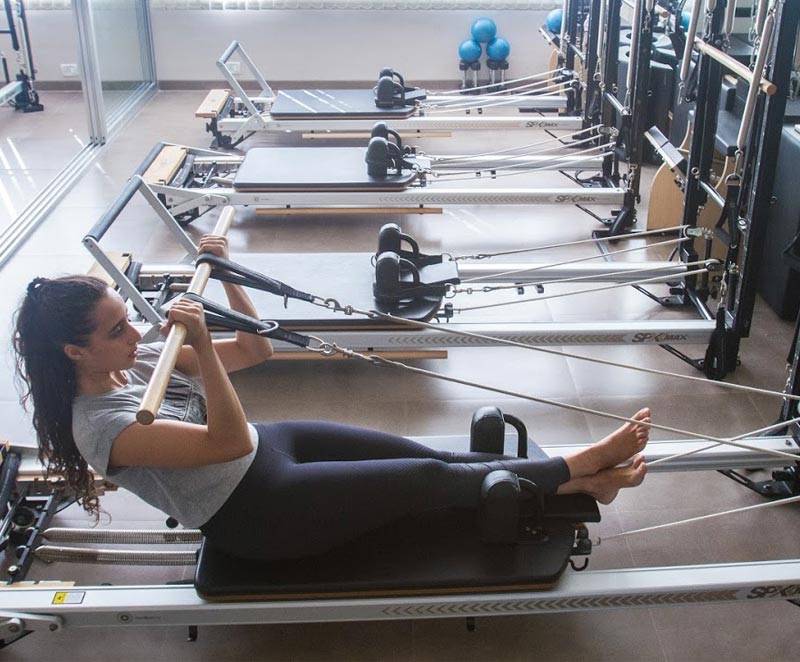
Gym workouts and Bikram yoga may seem like two different industrys in the fitness industry, but combining the strengths of both can lead to a more pilates and balanced fitness regimen. While gym-goers typically focus on strength training, cardio, and functional exercises, Bikram yoga offers a mindful approach to enhancing core strength, flexibility, and muscle endurance. For many fitness enthusiasts, integrating the two gives a complete workout that addresses the larger muscular tissues and the smaller stabilizing muscles. Whether you’re aiming for increased strength, improved position, or injury prevention, the partnering of gym workouts and Bikram yoga is a smart approach to achieving optimal fitness results.
At the gym, the focus is often on lifting heavier weights, pushing physical limits, and working towards muscle hypertrophy. Weight machines, dumbells, and high-intensity interval training (HIIT) are popular methods that focus on improving muscular strength, cardiovascular health, and endurance. While these exercises are fantastic for building muscle mass and burning calories, they sometimes lack awareness of the core muscles and mobility that support overall body function. This is where Bikram yoga steps in to complement your routine by targeting the deep core muscles and enhancing stability, which can be neglected in typical gym settings.
Bikram yoga, founded by Ernest Bikram yoga in the early the twentieth century, is a low-impact exercise routine designed to improve flexibility, strength, and positioning. At its core, Bikram yoga is about controlled movements that enhance muscle initial, especially in the torso and pelvic region. The exercises emphasize precision and control rather than brute strength, making it an excellent companion to gym routines that focus more on raw power. Regular Bikram yoga practice can help correct muscle fluctuations and improve mobility, which can reduce the risk of injuries often welcomed in gym-goers due to overtraining or improper technique.
For gym enthusiasts who engage in heavy lifting or endurance training, Bikram yoga offers the benefit of improved position and positioning, which can enhance performance. Poor position, caused by muscle fluctuations or improper form during workouts, can lead to chronic pain or injury. Bikram yoga helps to deal with this by promoting better body awareness, positioning, and movement efficiency. The focus on controlled breathing and core proposal also exchanges to gym workouts, allowing athletes to lift heavier and move more efficiently while reducing strain on the body.
Bikram yoga can also help in recovery from strenuous gym sessions. Many gym-goers, particularly those focused on weight-lifting or high-intensity training, experience muscle rigidity and limited flexibility. Incorporating Bikram yoga into a fitness routine helps stretch and lengthen muscles, increasing flexibility and reducing muscle tenderness. The stretching exercises inherent in Bikram yoga promote muscle recovery and help alleviate problems with hardness, allowing athletes to go back to their gym routines faster and with less discomfort.
Another benefit from combining gym workouts and Bikram yoga is the mental clarity and focus Bikram yoga promotes. While gym workouts can become boring or overly competitive, Bikram yoga requires mental proposal, concentration, and focus. The meditative area of Bikram yoga can improve mindfulness and reduce stress, which, in turn, enhances performance in the gym. Athletes who incorporate Bikram yoga into their routines often report feeling more in your head rested and less prone to workout fatigue, as Bikram yoga encourages a connection between body and mind.
For those new to fitness, blending together gym workouts with Bikram yoga provides an accessible way to overall well-being. A fitness center provides foundation for building strength, while Bikram yoga focuses on flexibility and core stabilization. Beginners may start with low-impact exercises on machines or light dumbbells, then introduce Bikram yoga movements to enhance their flexibility and core strength. This balanced approach creates a well-rounded fitness routine that suits different factors of physical health, preventing over-reliance on one style of exercise while encouraging a sustainable, enjoyable fitness journey.
One of the significant benefits of Bikram yoga is its flexibility to everyone fitness levels. Whether you’re a complicated sportsperson or a beginner, Bikram yoga movements can be modified to suit your needs. This versatility makes it an important addition to any gym routine, as Bikram yoga can target areas that traditional exercises might overlook. Advanced gym-goers can challenge themselves with reformer Bikram yoga or more complex mat-based exercises, while beginners can stick to fundamental movements that improve mobility and core strength.
The blend of gym training and Bikram yoga can also be highly beneficial for athletes in sports that need a balance of power and agility, such as basketball, tennis, or martial arts. The strength and forceful power gained from gym workouts, when matched with the stability, balance, and flexibility fostered by Bikram yoga, can improve overall fitness performance. This combination allows athletes to move with an increase of elegance and control, reducing the possibilities of injuries while improving their skill in their respective sports.
To sum up, gym workouts and Bikram yoga offer contributory benefits that induce a well-rounded fitness routine. While the gym focuses on strength, endurance, and cardiovascular health, Bikram yoga provides core stabilization, flexibility, and body positioning. By blending together the two, fitness enthusiasts can do a more of utilizing holistic approach to their training, improving overall strength, mobility, and injury prevention. Whether you are looking to enhance fitness performance, prevent injury, or simply maintain a balanced fitness routine, incorporating both gym workouts and Bikram yoga can lead to better health and well-being.
Leave a Reply